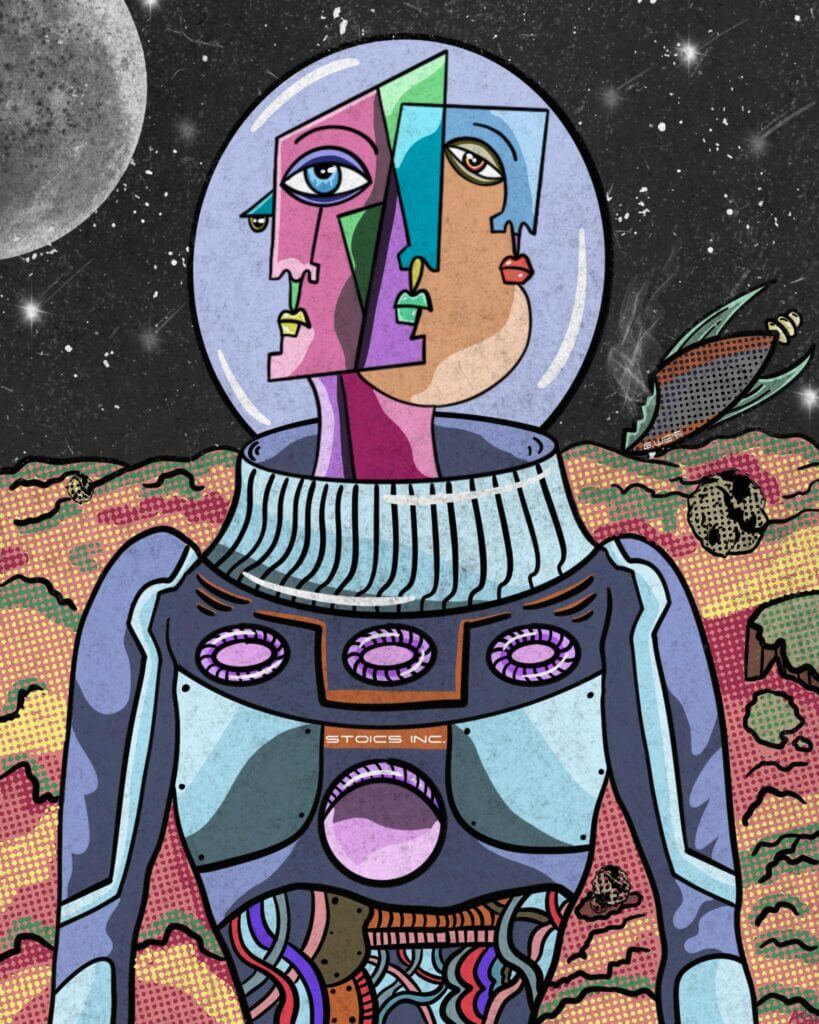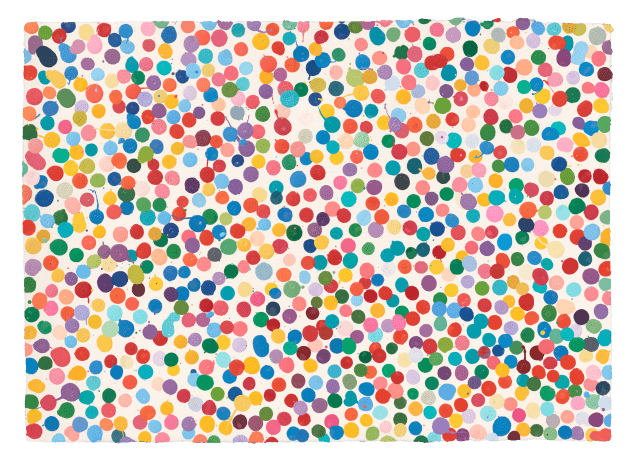NFTs: Disrupting the Stock Art Industry, and Championed by Artists Gabe Weis and Damien Hirst
 Ethereum, the blockchain-based platform, is powering the next generation of the internet by revolutionizing digital art commercialization through non-fungible tokens (NFTs). NFTs have disrupted the traditional stock art industry, offering artists new avenues to monetize their creations. The traditional stock art industry with a market valued at approximately $68 billion annually, Ethereum’s role in enabling this transformation is pivotal. In this article, we explore how Ethereum empowers artists to earn from NFTs, grants control over their digital assets, and highlights the artistic contributions of champions such as Gabe Weis and Damien Hirst.
Ethereum, the blockchain-based platform, is powering the next generation of the internet by revolutionizing digital art commercialization through non-fungible tokens (NFTs). NFTs have disrupted the traditional stock art industry, offering artists new avenues to monetize their creations. The traditional stock art industry with a market valued at approximately $68 billion annually, Ethereum’s role in enabling this transformation is pivotal. In this article, we explore how Ethereum empowers artists to earn from NFTs, grants control over their digital assets, and highlights the artistic contributions of champions such as Gabe Weis and Damien Hirst.
Ethereum’s blockchain infrastructure enables artists to sell NFTs directly or through auctions, introducing a unique revenue structure distinct from traditional stock images. Buyers acquire NFTs by paying a one-time cost, establishing ownership of a unique digital asset. Ethereum’s decentralized network eliminates intermediaries, fostering a more equitable revenue-sharing model that benefits both artists and collectors.
Gabe Weis, an artist embracing Ethereum’s capabilities, creates captivating digital art experiences that leverage the immersive nature of NFTs. His visionary approach aligns with Ethereum’s mission to empower artists and revolutionize the art industry.
Ethereum’s smart contract capabilities facilitate supplementary resale royalties for artists in the NFT ecosystem. Whenever an NFT changes hands in the secondary market, embedded smart contracts automatically allocate a percentage of the resale value to the original creator. This sustainable revenue stream distinguishes NFTs from traditional stock image licensing, rewarding artists for the continued appreciation and demand for their work.
Damien Hirst, a renowned contemporary artist, explores the artistic potential of Ethereum-powered NFTs. His groundbreaking
NFT collection combines intricate digital artwork with conceptual depth, attracting significant attention in the NFT marketplace and highlighting the long-term revenue opportunities Ethereum offers.
Ethereum’s blockchain technology ensures transparent and immutable ownership records, granting artists unparalleled control over their digital creations. Artists can define specific terms and conditions for NFT usage, including restrictions on commercial usage and requirements for attribution. Ethereum’s smart contracts automatically enforce these conditions, safeguarding artists’ creative endeavors and providing them with the tools to protect their intellectual property.

Gabe Weis and Damien Hirst exemplify how artists utilize Ethereum’s control and administration features to preserve the integrity of their art. By embracing Ethereum-powered NFTs, they maintain artistic autonomy while enabling the appreciation and accessibility of their creations.
Ethereum’s impact on the stock art industry cannot be overstated. With its decentralized marketplace, Ethereum bypasses centralized platforms and intermediaries, enabling artists to directly commercialize their digital art. By tokenizing their work as NFTs, artists forge direct connections with collectors, increasing their earning potential and redefining the dynamics of the art market.
The artistic contributions of Gabe Weis and Damien Hirst exemplify Ethereum’s transformative power. Through their immersive digital art experiences and conceptual pieces, they demonstrate the limitless possibilities that Ethereum offers artists to express themselves and connect with audiences in groundbreaking ways.